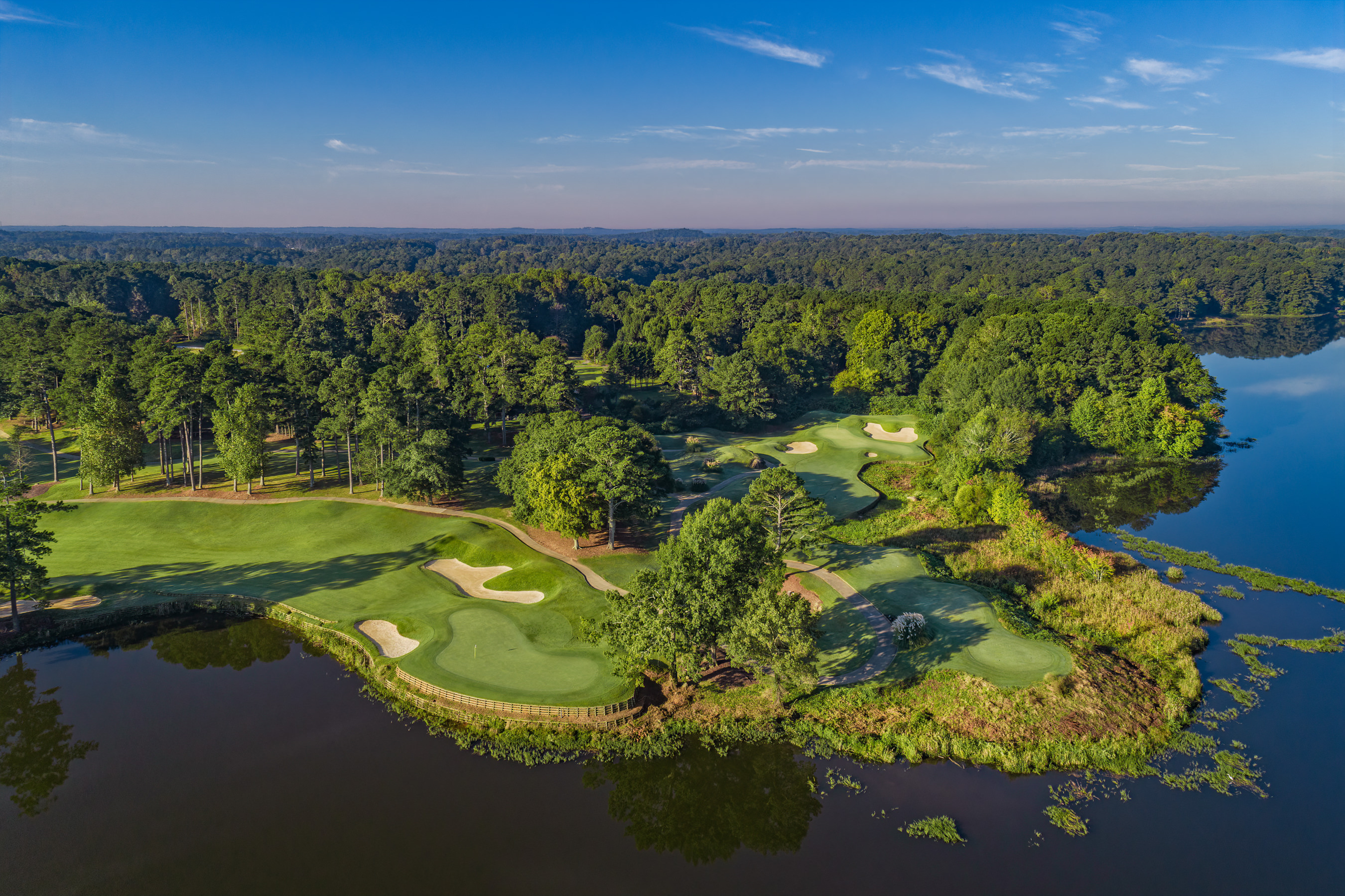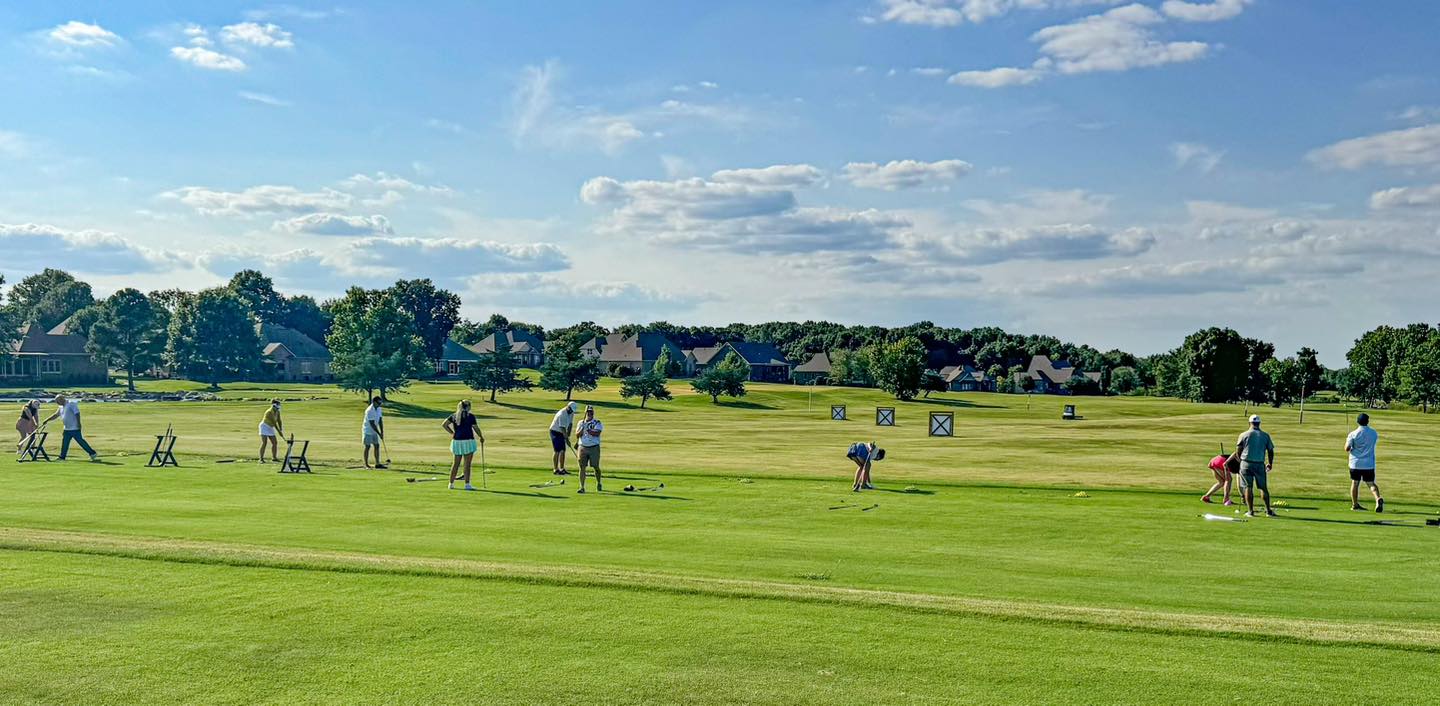9 Hole Courses Gaining in Popularity - Josh Deal, VP of Ops, Featured on Club and Resort Business
Joshua Deal, Vice President of Operations for Bobby Jones Links, shares some firsthand insight into why short-form golf is gaining in popularity and why it’s here to stick around.
With short-form golf becoming more prevalent within the industry, there are questions of whether it can stand up to the tried-and-true 18-hole model. The reality is that 9-hole golf is a viable business model.
Three Atlanta-area golf courses – Charlie Yates Golf Course, Bobby Jones Golf Course, and John A. White Golf Course – are proof of that. All three of these courses are managed by Bobby Jones Links. Joshua Deal, Vice President of Operations for Bobby Jones Links, shares some firsthand insight into why this different approach to golf is gaining in popularity and why it’s here to stick around.
Why is Short-Form Golf Trending Right Now?
It has been well-documented that the pandemic contributed to a renewed popularity of the game of golf. People were encouraged, if not forced, to find new activities to participate in outdoors and were thus introduced to the game, creating an influx of new golfers. The influx of beginners led to a boom in business at shorter courses. Simply put, 9-holes appeared to the new golfer as less intimidating.
Unsurprisingly, this trend has continued to grow even now that the pandemic is over. 9-hole is an in-and-out quick option that’s palatable for those with other responsibilities. The time commitment of 18-holes is a tall task for those that are just quite simply busier than they were during the pandemic. 9-holes can quell the appetite of those seeking to enjoy the game without overloading a calendar chock-full of to-dos.
The Benefits of 9-Hole Golf
From a management standpoint, there are certainly some benefits of 9-holes versus 18. The single biggest customer complaint at a daily fee golf facility is and always will be pace of play. The dreaded 5-hour round of golf on a hot summer day has long been a sticky situation for the pro shop staff to navigate. On the flip side, pace-of-play complaints at predominately 9-hole courses have been almost nonexistent. By the time the golfer even realizes the pace is less than ideal, they are likely on their final stretch. The perspective is that 2.5 hours of golf just doesn’t drag the way that the 5-hour round does.
From a business perspective, revenues at 9-hole courses are more evenly spread throughout the facility. At Bobby Jones Golf Course, for example, we have not seen a huge decline in the amount of time spent at the facility. In fact, the freed-up time is often used to enjoy some of our other amenities, such as our on-site restaurant, Boone’s, or our Himalaya-style putting course, both intentionally designed to bring a social element to the customer experience at the golf course.
From a health and wellness perspective, 9-holes is much more conducive to walking. All three facilities report that walking accounts for more than 60% of all rounds played. A 9-hole walking round is equivalent to the distance of walking a 5K — short enough to be enjoyed but long enough to be considered exercise in the midst of the game. Golf, in its purest form, is a walk on a scenic layout, enjoying the company of friends and challenge of the course. Industry innovations and new technology have made walking even more viable for those who do not want to carry their own bag. New products like the Tempo Walk from Club Car allow the golfer to walk freely while having their clubs carried by a robotic cart behind.
The macro trends we’re recognizing indicate that 9-hole golf offers benefits to both the customer and the business. It has proven able to stand up to the tried-and-true 18-hole model and has the potential to open new doors for long-term success.
To see the original article, visit clubandresortbusiness.com.



.jpeg)

.jpeg)
















.jpg)

























































.webp)








.webp)






%20(1200%20%C3%97%201200%20px).webp)



